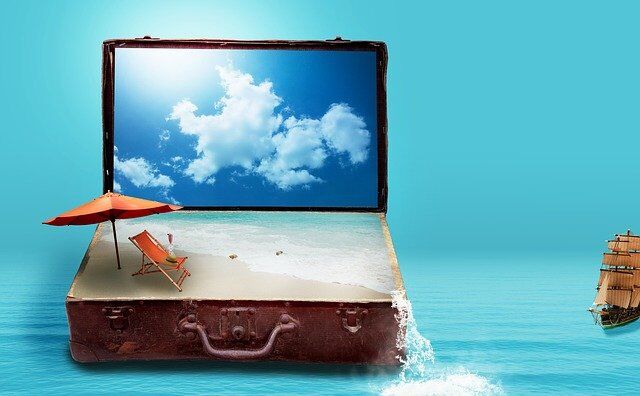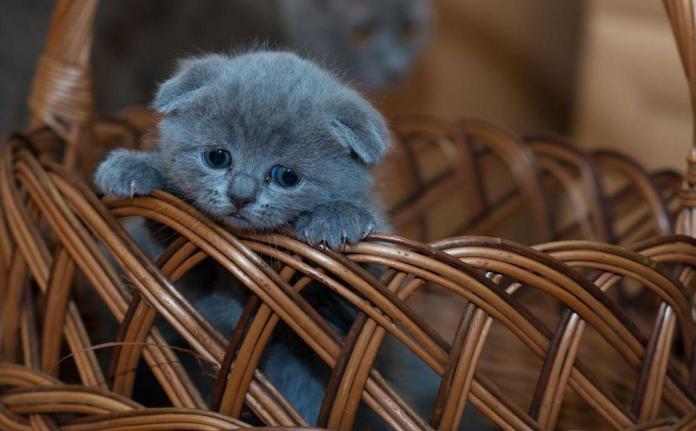Getting back to life post-COVID means getting back to your favorite activities. For many people, that means packing your bags and booking a trip.
Embarking on an adventure post-COVID is a pivotal moment. The realities of the pandemic brought so many uncertainties and fears that just boarding a plane or driving to the beach again feels like an act of bravery. Although the travel industry has in many ways weathered the storm of COVID, that does not mean everything has gone back to the way it was. Travelers should be aware of these changes before they plan their next vacation.
- Travel Insurance
There was a time when travelers would book travel without a second thought. The common cold, maybe even the flu couldn’t dampen the call to adventure. But travel post-COVID, especially travel with families or groups, has heightened the importance of a backup plan. When testing positive for COVID can derail travel plans instantly, many have opted for travel insurance. Now, even though the world is becoming more accustomed to life under the shadow of COVID, travel insurance purchases are at an all-time high—even travel insurance for those “close to home” destinations.
It’s not always taking the form of actual insurance, either. Fewer people are willing to book a hotel room unless it offers free cancellation. The same goes for rental cars, vacation homes, and even flights. What once seemed like an economic way to travel—booking a low, nonrefundable rate—is now out of the question. Fewer travelers are willing to gamble that the trip will happen, and they are willing to pay more to have some assurance of a refund.
- The Cleaning Gear
Masks and hand sanitizer have become travel necessities, even when no longer required by law. Now, as you walk through an airport, train station, or bus depot—or anywhere, really—you will likely still see people wearing masks. It’s also not uncommon to see sanitation stations.
Even though travel mandates have eased, if not totally disappeared, as you walk down the jet bridge to board your plane, you will see signs defining the hygiene practices of the airline, which have been conducted to ensure your safety. You may also be handed an alcohol wipe to clean your seat and tray table when you arrive. Keeping things clean, especially places where so many people converge, is definitely not a bad thing, but it has changed our perception of safe travel. Touching a dirty seat belt suddenly seems more dangerous than buckling up.
- Contactless Everything
The volume of people traveling post-COVID is nearing the same as it was before COVID took hold of the world. This means there are millions of people traversing the globe. Based on numbers alone, this makes it difficult for people to limit their contact with gate agents, front desk clerks, and more. But COVID has made us aware of the impact we all have on one another. So, in an effort to keep customers and staff safe from those pesky germs and keep people healthy while traveling, many companies are going “contactless.”
From airports to in-flight purchases, from hotels to car rentals, businesses are going contactless for check-in, check-out, and everything in between. Despite even the best efforts to keep surfaces clean, the spread of germs is just so darn easy, especially when we touch the same counters and pens. In a similar fashion to business meetings going online, technology has been put to great use by companies building apps that can limit the exposure their guests and staff have to one another. Plus, the happy side effect is that this paperless exchange reduces the amount of resources necessary to conduct quality business.
- Social Distance
It seemed like it only took COVID about 3 minutes to put an end to overcrowded spaces. Squeezing into the bar to grab a quick bite before your plane or train left was no longer a thing. Seats were roped off and marked “Social Distance – Do Not Sit.” Now, as COVID mandates wane, social spaces are accommodating more people, but it is clear that people still think twice about inching too close.
Some destinations place social distance markers on the floors of airports and shops to help people remain aware of their position in a crowd. Even though people cover their mouths (it’s always been the right thing to do), keep their distance, wear masks, and wash their hands more frequently, planes and other tight traveling quarters are simply becoming more and more crowded. Naturally, this makes social distancing increasingly difficult.
As a result, travelers may experience new procedures and protocols at airports and transit hubs to physically space out passengers. It may mean fewer counters open at security or longer wait times. Other passengers may perceive standing or sitting too close as rude, too. It has become socially normalized to not sit or stand near someone if you can avoid it.
Take the Leap
It takes a leap of faith to get back out on the road, in the air, or on the open ocean after enduring a couple of very long years of a pandemic. There will obviously be things we can do which will make each of us feel more secure as we endeavor back out into an uncertain world. Use what you have learned to get back out there. The world may be different, but that makes it all the more worth exploring.
You may also want to read,
- Embracing Telehealth to Improve Overall Wellness
- 8 Do’s Post COVID Recovery: Check Every Right Here!







